FIN-43, my current Noux-design IOM, is packed and ready for shipping to its new owner next week. I made a holder for the bulb from tube-clamps, and disassmbled the rigs today. Everything fits nicely into my 110x30x26 cm boat box.
The plan for 2009 is to cnc-mill plugs and make moulds for a variant of Pikanto, Graham Bantock's latest design. It's important to use time and effort on good design and good moulds. I want the boat and the components to come out of the moulds almost ready to use. Keep it simple stupid. CAD-design time and time on the cnc-mill is cheap, hours spent moulding and hand-building are expensive (for me anyway). More about that later. It also looks like we will be milling a new set of bulb, fin, and rudder moulds in December-January. We're happy to mill moulds for other people too, but most people don't answer the second email where I tell them a fin-mould costs 500 euros (which we think is reasonable).
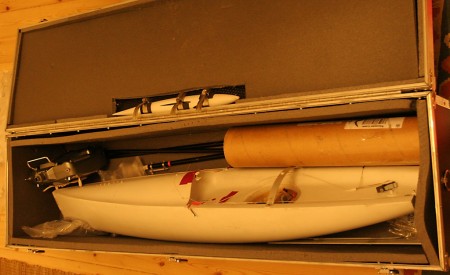
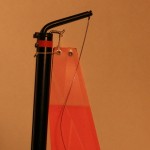
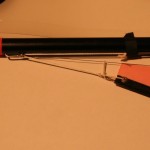
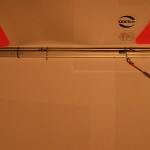
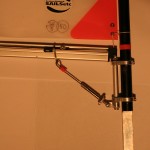
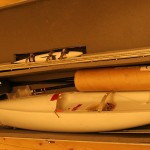
could you give more details of this shipping-box?
building materials, how do you fix the components in the box? Sails go into the roll? Fill empty space wist "cushions"?
Next summer I will stay on a greek island and want to send my ship there in adwance.
Thank you, Veit
there is another picture of the boat-box and the rig box that I also built here:
http://www.anderswallin.net/wp-content/2005_12vm/14_setup.jpg
the boxes are built using materials from http://www.adamhall.com/
they have a webshop from which you can order directly, but a few years back I actually found a re-seller which sold the same products slightly cheaper.
The aluminium channels I used are made for 4.5mm thick side panels. The obvious choice for the panels is plywood, but I wanted to make the boxes as light as possible so they use a plastic material called astroboard. The astroboard is also from adamhall.com
My goal was to make boxes that can be shipped by airplane, and I've taken my boat with me a few times now on planes, so I guess they are strong enough. All the aluminium profiles do add to the weight, but they are necessary to add strength. It's all assembled mostly with pop-rivets and some epoxy.
Hi Andres,
A friend of mine is a retired shipwright and would like to make one of your Noux 2. How do we download the shadows from your website? He's like the one that has planking for 3mm.
Thank you very much.
Do you know my friend Gustaf Fresk, a disabled sailor from Sweden?
David Cook
Victoria, BC Canada
Hello David,
There is a plan with reduced shadows here:
http://www.anderswallin.net/2006/10/noux-reduced-shadows/
if you download the pdf you should be able to right click on a paper clip (middle right) and choose 'save embedded file to disk'. That produces a DXF which you can open with a drawing or CAD program and produce accurate prints or other output.
I don't have a good plan for the deck, but there are IGES surfaces for the style of deck we have used lately here:
http://www.anderswallin.net/2006/03/noux-2-layout-plan-and-3d-iges-file/
these are maybe not suitable for hand-building in wood as such but this deck can work as a guideline for you.
sorry, I don't know Gustaf...
Anders
Hi Anders.
Will you be publishing plans of your new IOM. As per the Noux? I have built several Triple Crowns so I did not build a Noux as they look ver similar. I am currently building on of Graham Bantocks "Vektors" the second I have built the first had skiff deck to my own design looked very nice. The second has a flat deck as per Grahams design. This hull was built as per Soren Andresen Mahogany Veneer over a Ceder hull. I now know what the Danes do in the long dark winters. Have you seen the Charles Detriche Plan Catalogue? Its very interesting.
Thanks For the Web
Regards JohnK
Hi John,
The new boat we are planning is a variant of Bantock's Pikanto. We'd like to mould both the deck and the hull in one go, so the deck is slightly modified compared to a Sails ETC Pikanto. We are cnc-milling plugs and moulds for this boat now, hopefully we'll get to moulding them later in the spring. There will be plans for the fin and the rudder and some internal components, but the lines plan for the Pikanto remains Graham Bantock's.
Many years ago I published the Sliver and Arrow IOM lines plans by Charles Detriche, but I haven't seen his later designs. It would be nice if some of them could be published online.
Anders